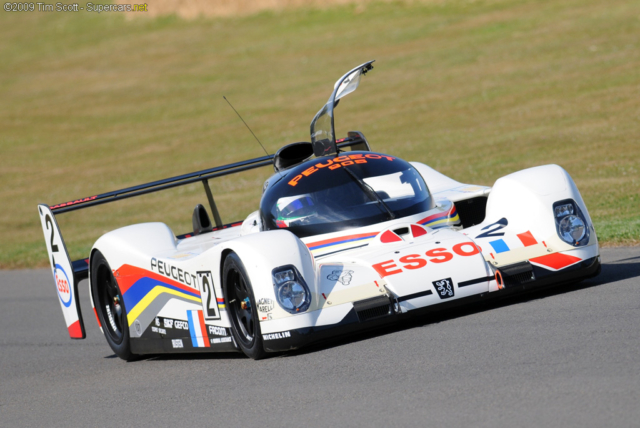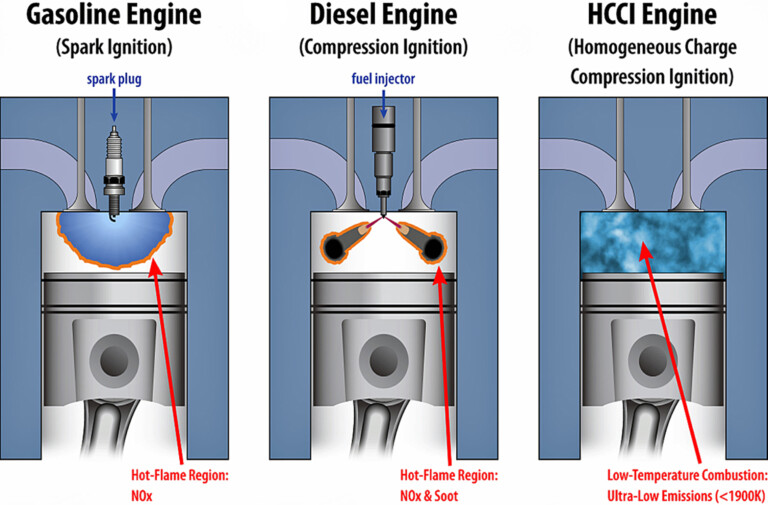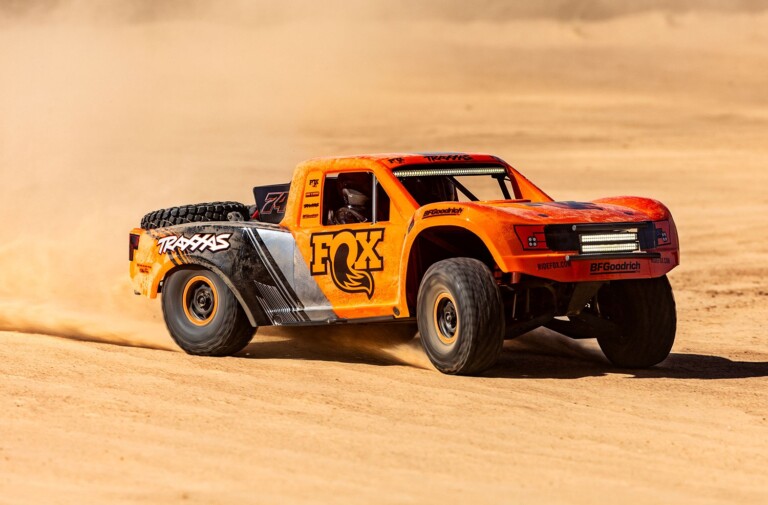Anyone familiar with the soundtrack of Formula One cars in the 1990s may find the exhaust note of this Peugeot 905 intriguing. Interestingly, the motor found in the 905 — a 3.5-liter V10 — shares much in common with the Peugeot engines which propelled the McLaren’s Grand Prix cars in the mid-nineties, but is not identical. Formula One, after leaving turbocharged engines behind in the late 1980s, switched to a 3.5-liter formula to aid reliability and still produce a respectable amount of power.
The 3.5-liter formula meant engines from sports cars were suitable candidates for Grand Prix racing. As contemporary prototypes like the Jaguar XJR-14 used a readily-available, 3.5-liter, Ford Cosworth V8, F1 teams could take these motors and tune them for sprint races. Though many assume that the Peugeot 905’s wailing V10 went the same route, it’s not true.

Peugeot’s 905 not only had a world-class wail, but produced levels of grip that rivaled Formula One cars.
The FA-35 engine in the 905 was designed for reliability and delivered. Instead of using this motor in the 1994 McLaren MP4-9, Peugeot scrapped the idea and designed a new motor from the ground up. By changing the vee angle to make the engine more compact, the hallmark reliability was lost and the Peugeot A4 and A6 engines used in the McLarens were never very competitive.
The 905, on the other hand, was competitive because of not just the motor, but the downforce it created. At 185 mph, the car generated roughly 1,500 pounds of downforce which was quite a bit for the times. As we can see, the car is glued to the racetrack; flying through the illustrious Eau Rouge with grip in reserve! If the current era of hybrid racers and turbocharged engines is giving you the blues, take a gander at this beautiful reminder of yesteryear.





















